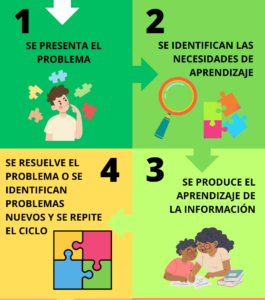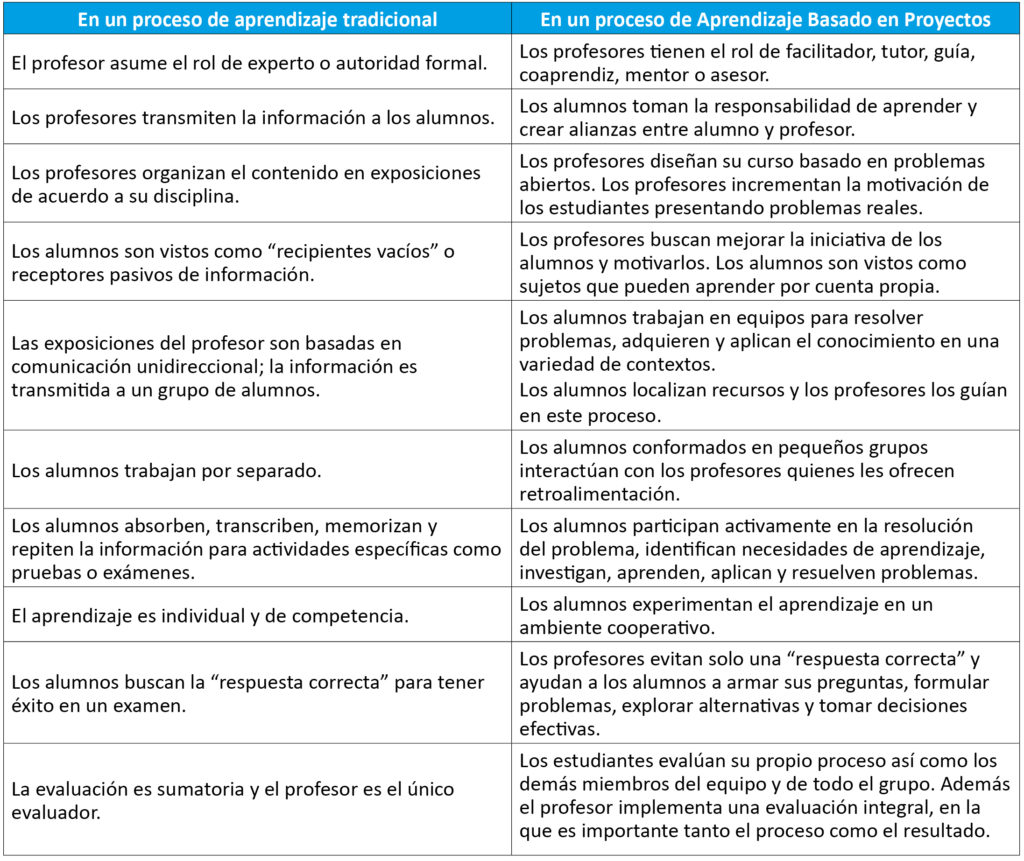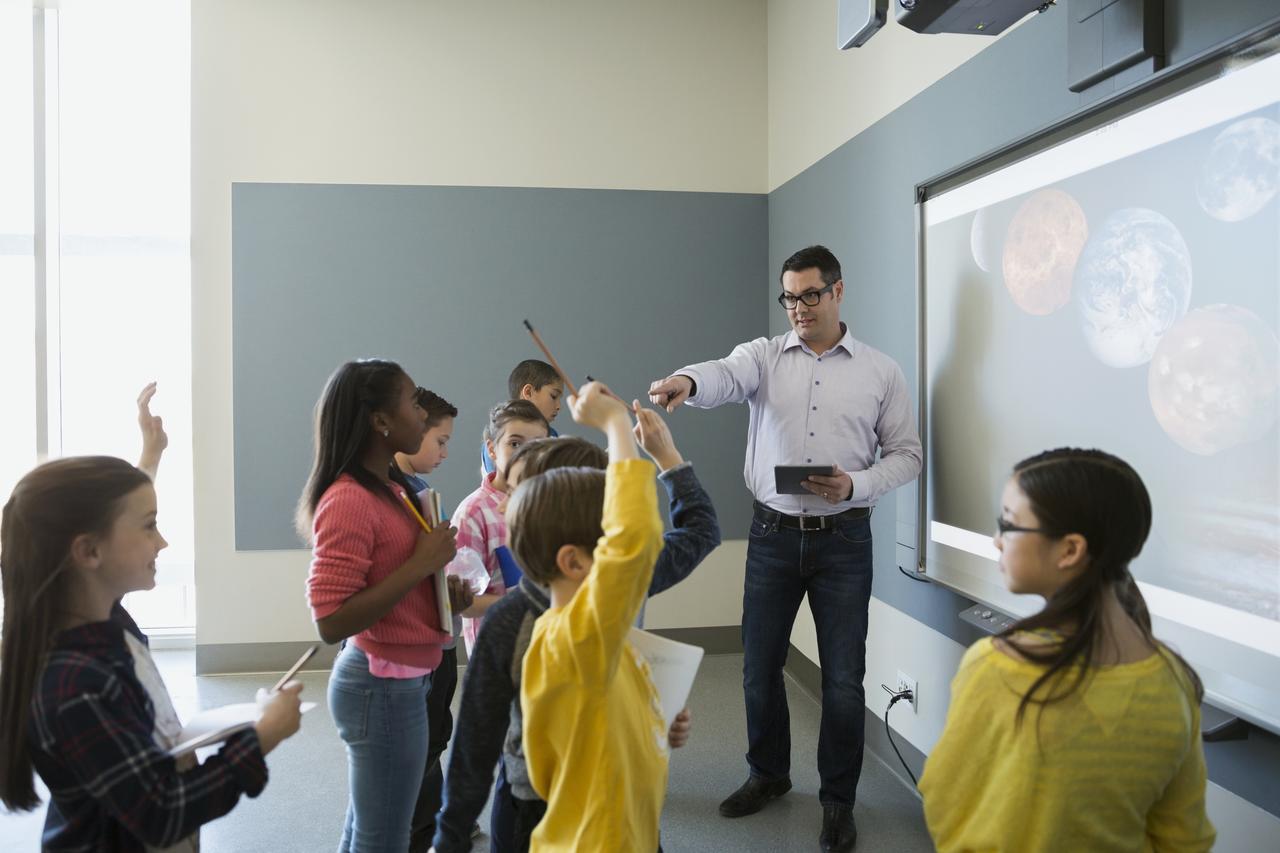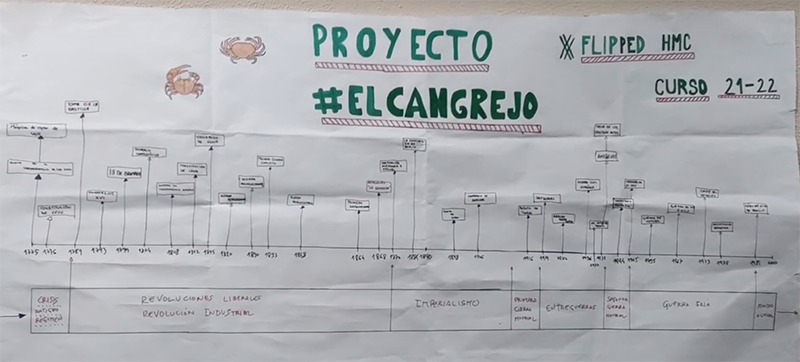I hear and I forget. I see and learn. I do and I understand. In this philosophical maxim of the Chinese sage and thinker Confucius we can find one of the raisons d’être of Project-Based Learning, a teaching methodology that emerged in the environment of health sciences in the late nineteen-sixties. Essentially, PBL allows students to acquire knowledge by developing projects that respond to real-life problems.
Project-Based Learning versus conventional learning
To explain the warm welcome PBL has received in some schools, we can highlight three fundamental aspects.
- Integration of curricular content with real-world challenges. This approach motivates students by linking learning with practical, tangible situations, strengthening their interest and participation in the educational process.
- Interaction between different subjects and schedules with the collaboration of students and teachers. This combination facilitates competency-based teaching and resembles learning dynamics in adult professional life, preparing students more effectively.
- Promotion of the creation of products for a continuous and concrete evaluation of the entire teaching-learning process.
When working on projects, challenges or problems, students immerse themselves in the complexities of the dynamics of adult work, teachers reorient their role towards the management of more personalised and interdisciplinary learning processes and schools transform their leadership and commitment in line with their educational mission.
This article explores Project-Based Learning (including Challenges or Problems) as the educational strategy that most effectively promotes knowledge acquisition and the development of competencies, attitudes and values in students.
As an introduction, it is important to mention that Project-Based Learning (PBL) is usually implemented in small groups of students, guided by a tutor. These groups meet with the aim of analysing and solving problems or challenges specially designed to achieve specific learning objectives.
PBL enables students to acquire knowledge through the development of projects that respond to real-life problems.
In the problem-solving process, students not only acquire knowledge related to the subject, but also diagnose their own learning needs, understand the importance of teamwork, develop analytical and information synthesis skills and commit to their own learning process.
Synthesising it graphically, in the conventional learning process, work would follow this approach:

Meanwhile, the Project-Based Learning process can be illustrated with the following development sequence:

Below, we highlight the fundamental differences between these two methodological approaches:

Finally, this scheme presents us with the learning situation for both cases in a comparison.

Following the theories of Monterrey Technological Institute, a leader in educational innovation and in the analysis of this methodology, learning is enhanced when:
- Information is presented to students in an appropriate form, both sequenced and organised (knowledge-centred).
- The content presented refers to prior knowledge and is relevant to students’ lives (student-centred).
- Opportunities are created for formative feedback from students and instructors. Students benefit from testing their own understanding and instructors from evaluating the effectiveness of their teaching (with a focus on assessment).
- An environment is created that allows learning in a collaborative (community-centred) way.
Therefore, Project-Based Learning connects teachers, students and schools with the core meaning of school, which is, in essence, learning by enjoying and enjoying learning.






